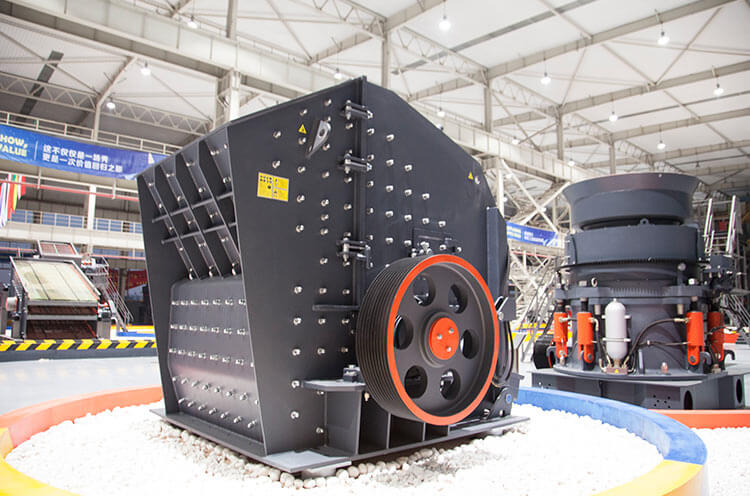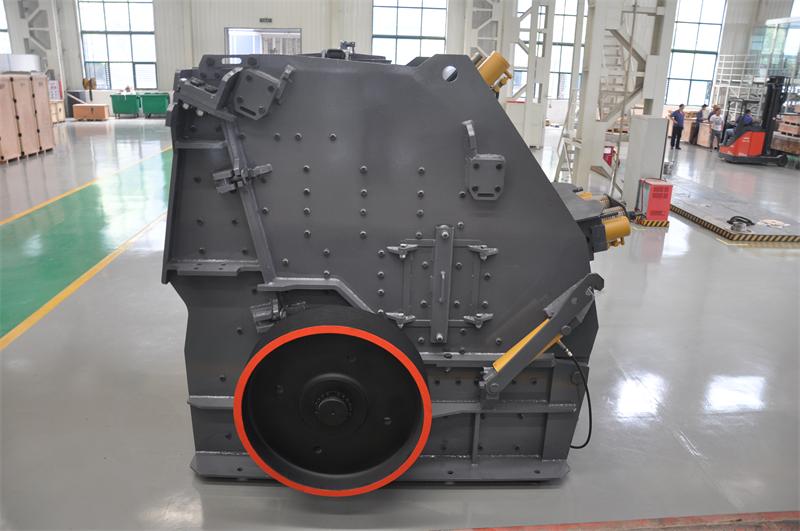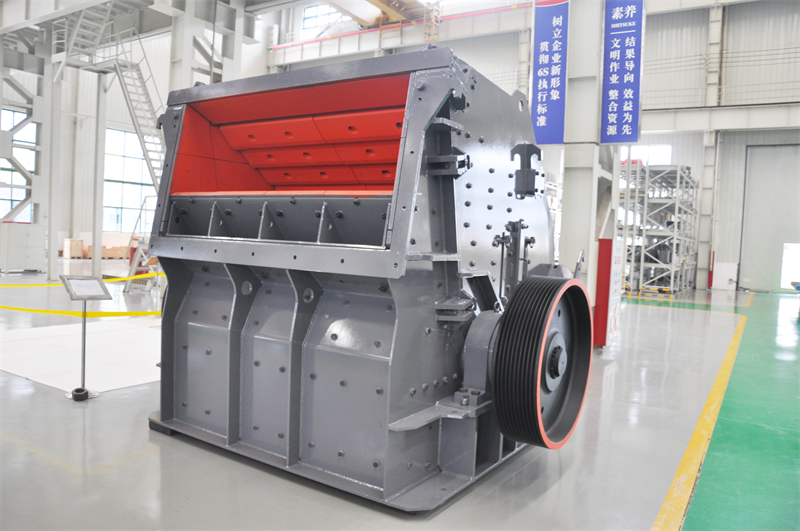
Have you ever faced frequent blockages or over-crushing issues with your impact crusher? Understanding the root causes and effective solutions will dramatically improve your operation efficiency. In this guide, we'll explore how mineral characteristics influence the crushing process, walk through essential setup parameters, and provide actionable troubleshooting steps tailored to your CI5X heavy-duty rotor impact crusher. By following these practical insights, you will minimize downtime and maximize throughput.
Different minerals present unique challenges in the crushing process. Key physical properties such as hardness, moisture content, and feed size greatly affect equipment selection and configuration.
| Mineral | Mohs Hardness | Moisture Content (%) | Typical Feed Size (mm) |
|---|---|---|---|
| Limestone | 3 - 4 | 5 - 8 | 50 - 150 |
| Granite | 6 - 7 | 2 - 4 | 30 - 100 |
| Basalt | 6 - 7 | 3 - 5 | 40 - 120 |
Notice how the hardness difference between limestone and granite affects the crushing energy required. Moisture content can also cause blockage by making material sticky or clogging the crushing chamber. Tailoring your crusher settings to these characteristics is the first step toward operational excellence.
To prevent blockages and avoid over-crushing, it's crucial to fine-tune key parameters like crushing chamber geometry, grate spacing, and feeding method.
The crushing process typically proceeds through coarse, medium, and fine stages, each requiring specific solutions to common issues such as blockage and over-crushing:
| Crushing Stage | Common Issues | Recommended Actions |
|---|---|---|
| Coarse | Feed blockage, large particle jams | Enlarge feed opening, adjust rotor speed, inspect feed uniformity |
| Medium | Uneven discharge, partial clogging | Fine-tune grate gap, balance feed rate, regular chamber cleaning |
| Fine | Over-crushing, excessive fines | Reduce rotor speed, widen grate gap slightly, monitor particle size distribution |

When you face issues like blockage or over-crushing, follow this structured approach:
“Understanding your material’s traits and closely monitoring crusher adjustments directly correlates with improved uptime and product quality.” – Industry Crushing Expert

Have you experienced prolonged downtime due to crusher clogging or unexpected over-crushing in your operations? Applying these methods can immediately optimize your process and prevent recurring faults.
Many operators have successfully tackled tough materials like granite and basalt by leveraging the CI5X impact crusher's flexible structure. Its ability to adjust screening spacing and rotor speed empowers you to customize crushing to your exact feed type, significantly lowering blockage risk and minimizing fines during crushing.

Integrating those design advantages into your production line ensures smoother operation and improved output consistency with less frequent maintenance.
Unlock the full potential of your crushing system today.
Discover CI5X Impact Crusher Solutions